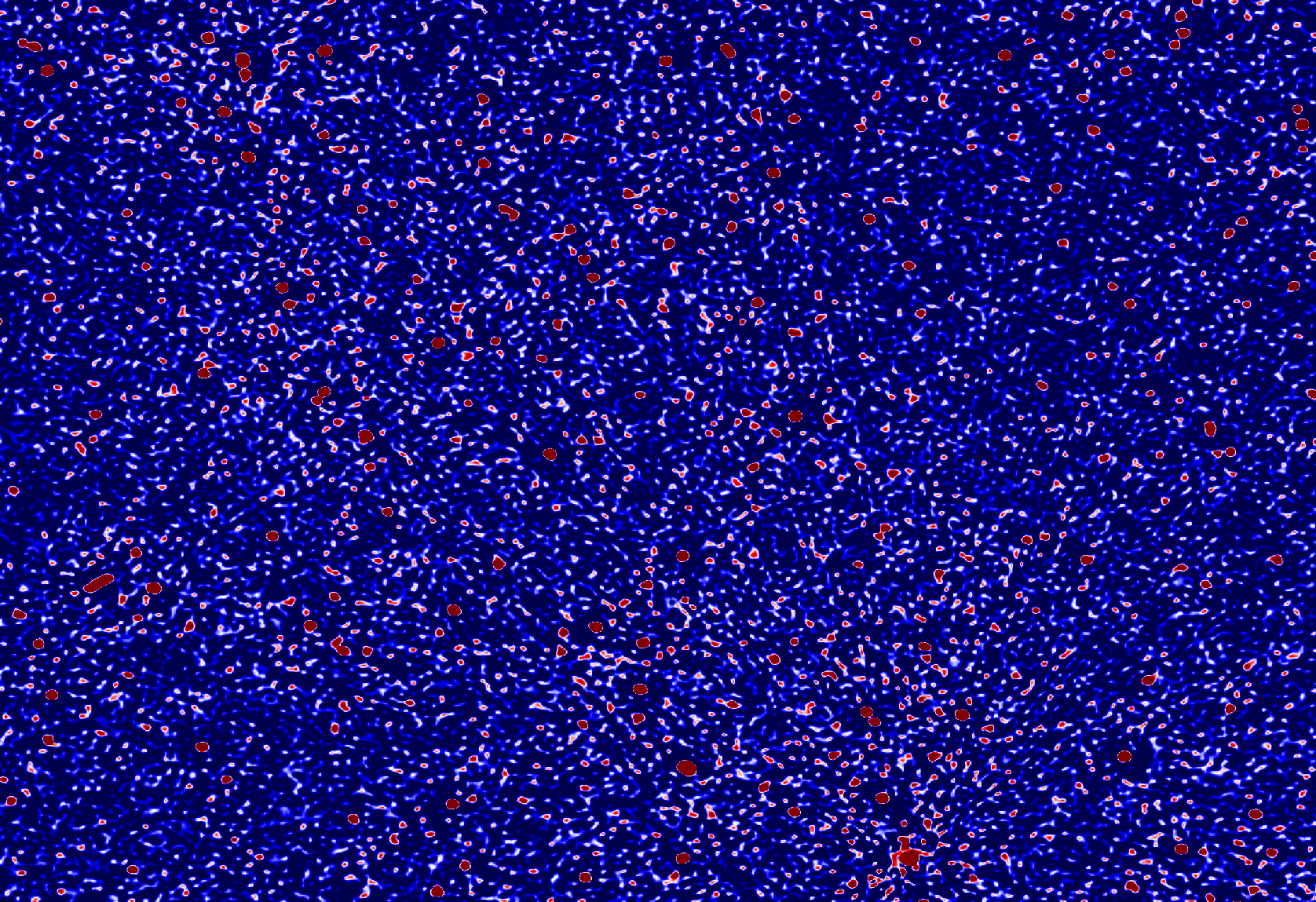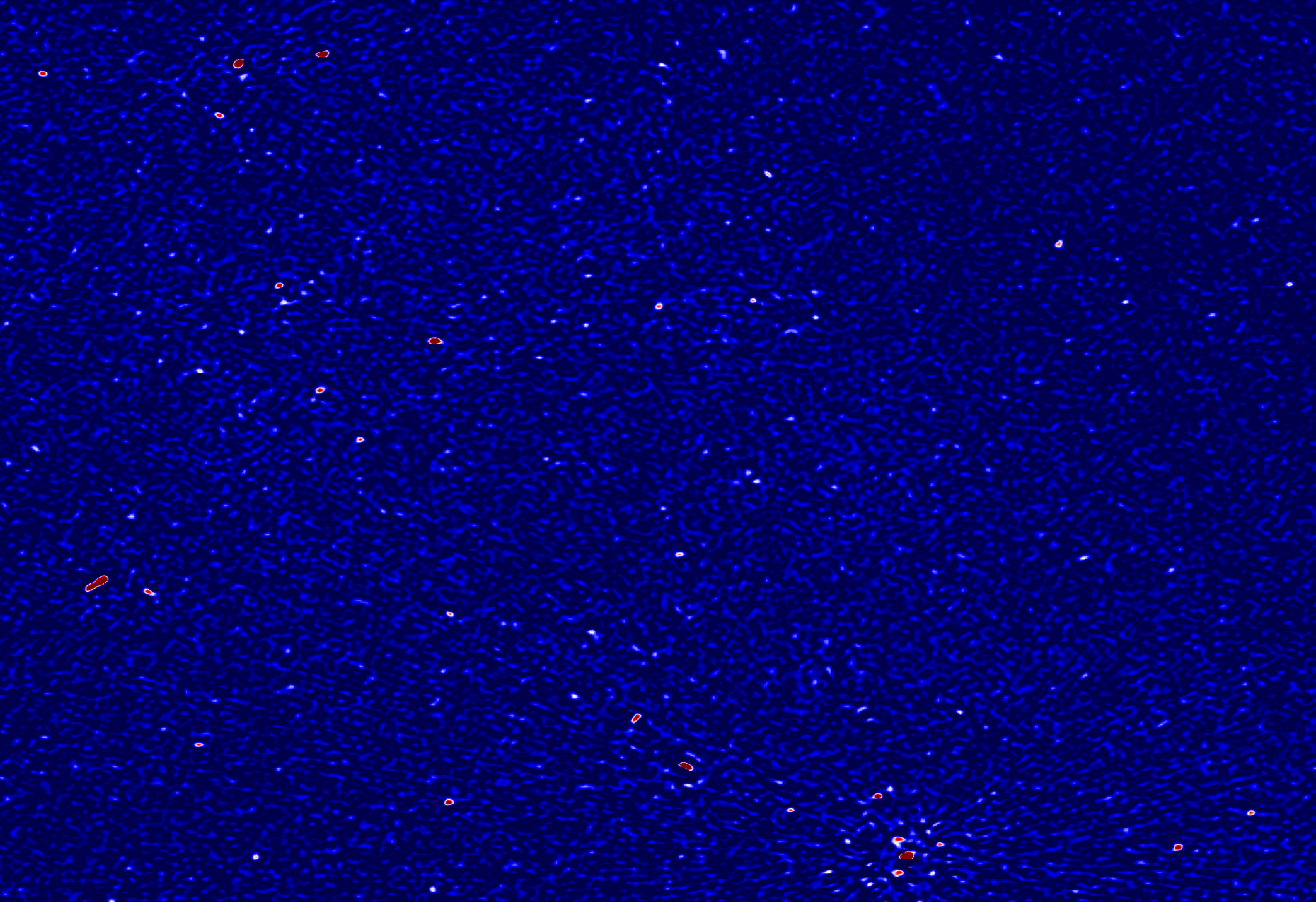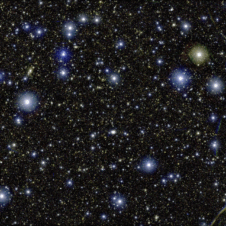Astronomers hunting for evidence of the light from the first stars and galaxies have found that the Universe was warm, rather than cold, before it “lit up”.
The Curtin University-led team from the International Centre for Radio Astronomy Research (ICRAR) was searching for the elusive ‘Epoch of Reionisation’, using the Murchison Widefield Array telescope (MWA) located at Inyarrimanha Ilgari Bundara, the CSIRO Murchison Radio-Astronomy Observatory on Wajarri Yamaji Country in Western Australia.
“Our research was conducted over two phases. During the initial research, we obtained our first evidence of heating of the Intergalactic Medium, the gas between galaxies, 800 million years after the Big Bang,” said ICRAR first phase lead author, Dr Ridhima Nunhokee.
The Epoch of Reionisation is a period early in the Universe’s history that is predicted by theory but is yet to be detected using radio telescopes. It signifies the end of the Cosmic Dark Ages, roughly a billion years after the Big Bang, when the gas between galaxies shifted from opaque to transparent, allowing light from the first stars and galaxies to travel throughout the Universe.
Dr Nunhokee explained that to study this early period of the Universe, astronomers must isolate the faint signal from the Epoch of Reionisation, identify and remove every other source of radio waves in the Universe from their observations.
” These include emissions from nearby stars and galaxies, interference from the Earth’s atmosphere, and even noise generated by telescope itself. Only after carefully subtracting these ‘foreground signals’ will the remaining data reveal signals from the Epoch of Reionisation,” Dr Nunhokee said.
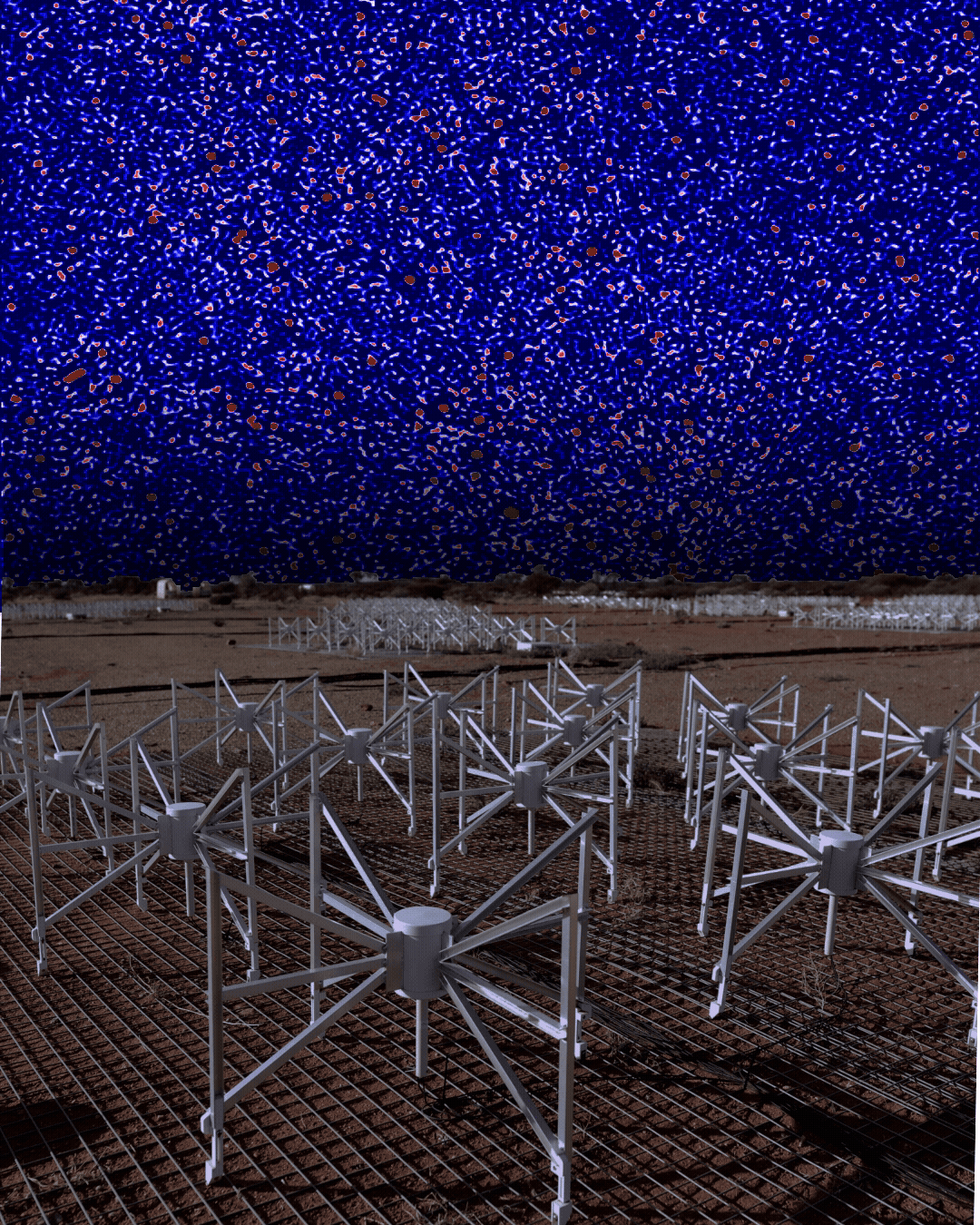
The image of the radio sky (background) is the ‘cleanest’ signal ever produced using data from the Murchison Widefield Array (foreground). Credit: Nunhokee et al/ICRAR/Curtin University
“From this research, we have developed methods to deal with the foreground contamination, and subtract the signals we don’t want, but also better understand our telescope and come up with a clean signal,” said Dr Nunhokee.
“We’ve also been able to integrate about ten years of MWA data together, to observe the sky for longer than we ever have before. That’s the other reason we’ve come closer than ever to detecting the signal.”
The quality and quantity of this new dataset are what made this discovery possible, according to the team. A cold Universe would produce a signal which would have been visible in the new data. The lack of that signal rules out such a ‘cold start’ to reionisation, and means the Universe must have been ‘pre-heated’ before reionisation happened.
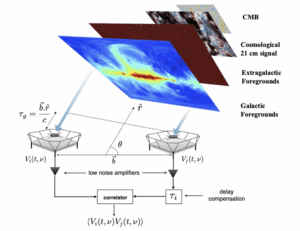
The process required astronomers to remove every other signal from the sky to examine the data that remained. Credit: Nunhokee et al 2025.
Professor Cathryn Trott, who leads the Epoch of Reionisation project at ICRA, was the lead author of the second phase of the research.
“As the Universe evolved, the gas between galaxies expands and cools, so we would expect it to be very, very cold,” says Professor Trott.
“Our measurements show that it is at least heated by a certain amount. Not by a lot, but it tells us that very cold reionisation is ruled out. That’s really interesting.”
“The research suggests this heating is likely driven by the energy from early sources of X-rays from early black holes and stellar remnants spreading through the Universe.”
- A small part of the sky as seen in radio waves.
- The same section of sky with ‘foreground’ objects, like stars and galaxies, removed.
- The same section of sky, with foreground objects and effects from Earth’s atmosphere removed.
A small part of the sky seen in radio waves (left), with ‘foreground objects like stars and nearby galaxies removed (centre), and with effects from Earth’s atmosphere also removed (right).
The lessons learned from processing these data will jump-start the search for the Epoch of Reionisation with the SKA telescopes, currently under construction on Wajarri Country in Western Australia and the Northern Cape of South Africa.
“All these existing techniques will help us find what’s missing,” said Dr Nunhokee.
“The signal is definitely buried in there. It’s just improving on our data, and getting more data, cleaner data, to reach it.”
We acknowledge the Wajarri Yamaji as Traditional Owners and Native Title Holders of Inyarrimanha Ilgari Bundara, the CSIRO Murchison Radio-astronomy Observatory site.
Publications
The initial paper “Limits on the 21cm power spectrum from MWA observations” was published in The Astrophysical Journal on August 8th 2025.
The second phase paper, “Improved limits with the MWA using Gaussian information”, was published overnight in The Astrophysical Journal.
Multimedia
Media Contact
Charlene D’Monte
ICRAR Media Contact | charlene.dmonte@icrar.org | +61 468 579 311| +61 8 6488 7758
Interviews
Dr Ridhima Nunhokee
Professor Cathryn Trott
